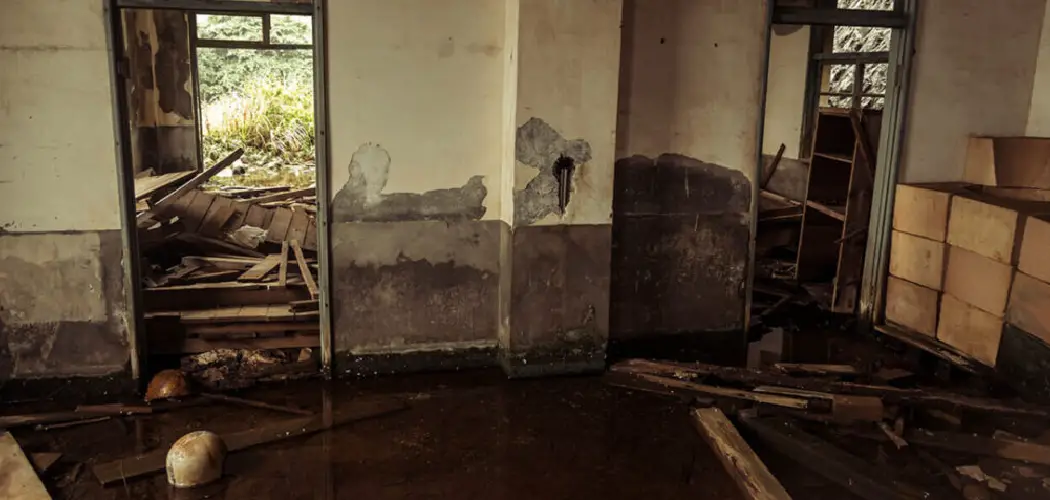If you have a crawl space, it’s important to keep it dry. A wet or damp crawl space can lead to many problems, including wood rot, mold, and mildew.
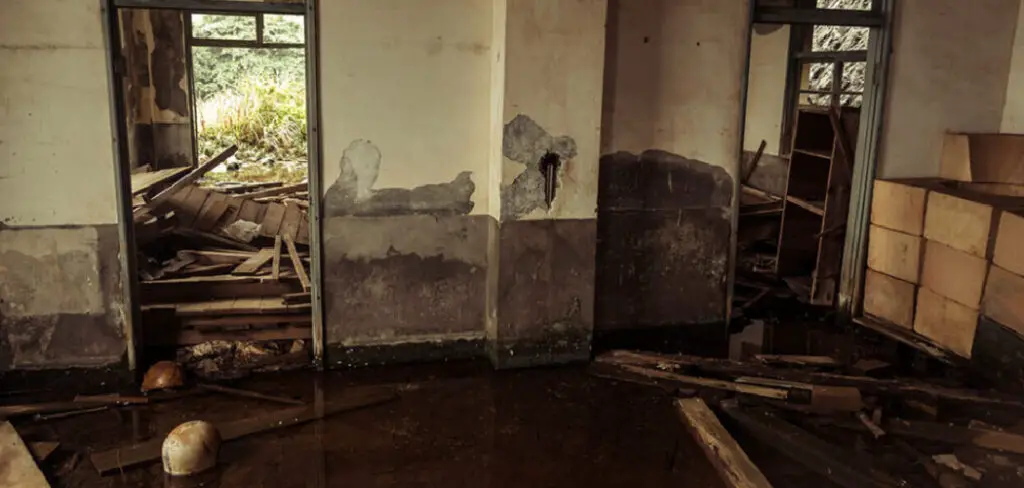
Not to mention, standing water in your crawl space is just plain nasty. So, what can you do to get rid of standing water in your crawl space? Read on to find out more about how to get rid of standing water in crawl space.
Why Should You Get Rid of Standing Water in Crawl Space?
Many people don’t think twice about the crawl space under their homes. However, this area can actually be a breeding ground for bacteria and mold if it is not properly ventilated and free of standing water. Not only can this lead to an unpleasant odor in your home, but it can also cause health problems for you and your family.
In addition, standing water in your crawl space can also damage your home’s foundation over time. As a result, it is important to remove any standing water and keep the area well-ventilated. There are several ways to do this, so talk to a professional if you are unsure of how to proceed. Taking these precautions will help to keep your home healthy and safe.
7 Tips to Follow on How to Get Rid of Standing Water in Crawl Space
1. Inspect the Area Regularly
The first step in preventing standing water in your crawl space is regularly inspecting the area. Look for any signs of leaks or water infiltration, and repair them as soon as possible. You should also check the area after heavy rains or storms to ensure that no water has entered the space.
2. Install a Drainage System
If your home is prone to flooding or you live in an area with high water tables, you may want to consider installing a drainage system in your crawl space. This system will help remove any water entering the space and keep it from pooling. Various drainage systems are available, so be sure to choose one that is right for your home and your budget.
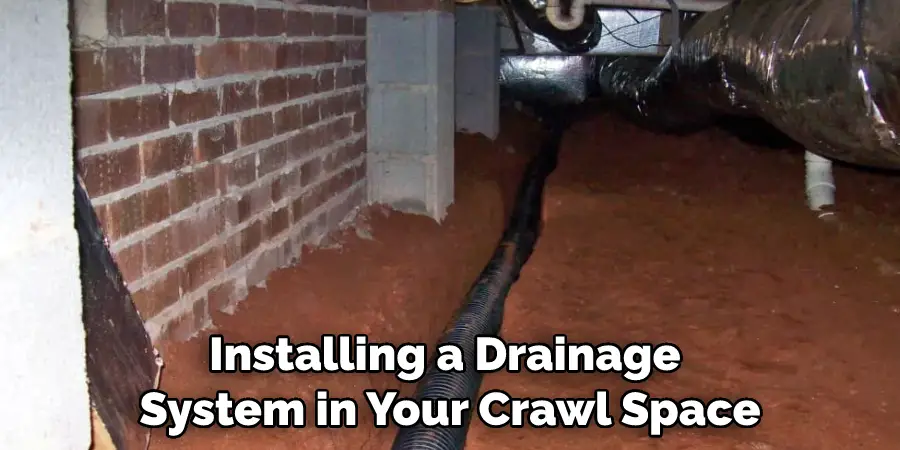
3. Seal Any Cracks or Openings
Another way to prevent standing water in your crawl space is to seal any cracks or openings that might allow water to enter. This includes gaps around doors and windows and cracks in the foundation or walls. You can use caulk or weatherstripping to seal these openings, which will help to keep your home dry and comfortable.
4. Install a Sump Pump
If you live in an area with high water tables or your home is prone to flooding, you may want to install a sump pump in your crawl space. This pump will help remove any water entering the space and keep it from pooling. There are various sump pumps available, so be sure to choose one that is right for your home and your budget.
5. Use a Dehumidifier
Another way to prevent standing water in your crawl space is to use a dehumidifier. This device will help remove moisture from the air, reducing the amount of water that can condense on surfaces in the space. Dehumidifiers come in a variety of sizes, so be sure to choose one that is appropriate for the size of your crawl space.
6. Ventilate the Area Properly
Proper ventilation is essential for preventing standing water in your crawl space. Ensure that vents are installed in the walls or foundation of the space and that they are not blocked by debris or other objects. These vents will allow air to circulate through the space, which will help to keep it dry and comfortable.
7. Check Gutters and Downspouts
Lastly, make sure to check your gutters and downspouts for any blockages or damage that might cause water to leak into your crawl space. Clean out your gutters regularly, and repair any damage as soon as possible. This will help to keep standing water from entering the space and damaging your home.
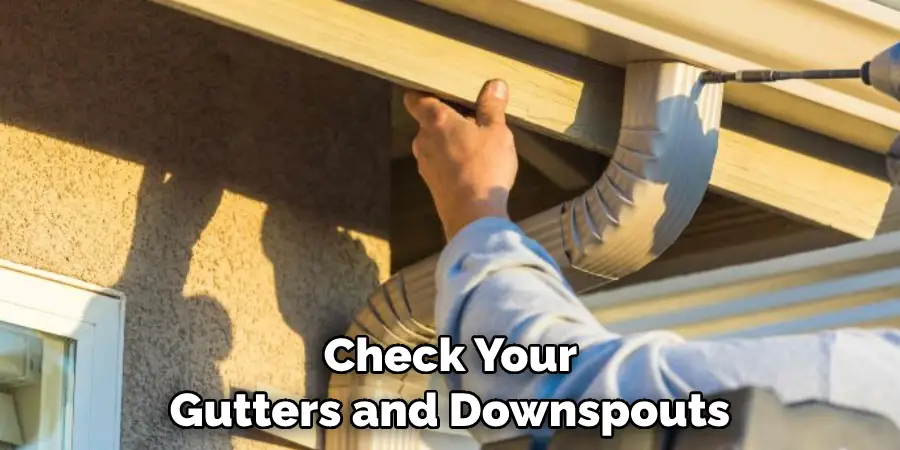
By following these tips, you can help to prevent standing water in your crawl space and keep it dry and comfortable. If you have any questions or concerns about how to get rid of standing water in crawl space, be sure to talk to a professional before taking any action.
They will be able to provide you with the best advice and solutions for your specific situation. As a result, you can keep your home safe from standing water damage with the right precautions.
How to Know if You Have Standing Water in Your Crawl Space?
As any homeowner knows, standing water in your crawl space is a serious problem. Not only can it lead to mold and mildew growth, but it can also damage the structure of your home. However, there are a few signs to look for if you think you have standing water in your crawl space.
First, check for dampness on the floor or walls of your crawl space. Next, see if there is any standing water in the area. Finally, check for any musty odors, which can indicate the presence of mold or mildew.
If you notice any of these signs, it’s important to take action immediately to address the problem. Standing water can quickly lead to serious damage, so it’s important to be proactive in preventing it.
You Can Check It Out to Install Heat Tape on PEX Pipe
5 Things You Need to Know Before Get Rid of Standing Water in Crawl Space
If your home has a crawl space, it’s important to be proactive about keeping it dry. A damp or wet crawl space can lead to various problems, including wood rot, mold growth, and insect infestations. And if left untreated, these problems can eventually spread to the rest of your home.
Water entering your crawl space can damage your home’s structure and lead to costly repairs. In some cases, standing water in a crawl space can even cause your home to collapse.
So, what should you do if you find standing water in your crawl space? Here are five things you need to know:
1. Don’t Delay
The longer you wait to address the problem, the worse it will get. So, if you find standing water in your crawl space, it’s important to act quickly.
2. Find the Water Source
Standing water can come from various sources, including leaks in your plumbing or holes in your foundation. It’s important to find the water source and fix the problem so that it doesn’t happen again.
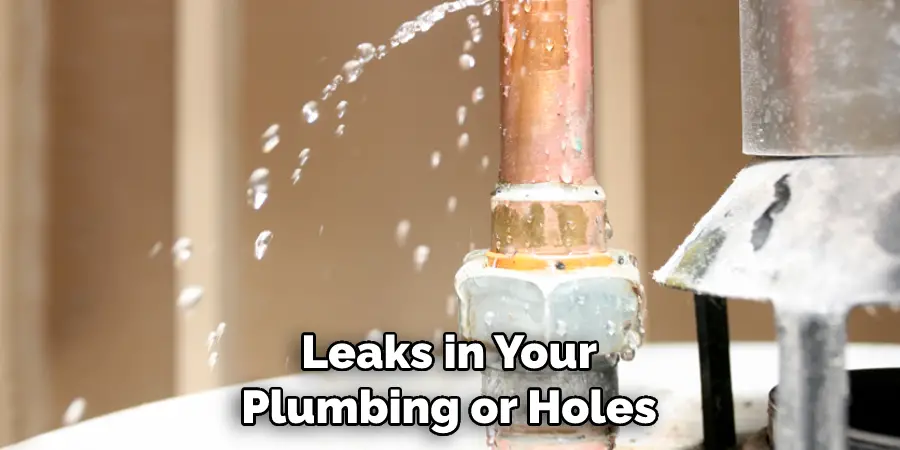
3. Inspect for Damage
Once you’ve removed the standing water, look closely at your crawl space for any damage that may have occurred. If you see any wood rot or mold growth, it’s important to have it repaired as soon as possible.
4. Take Preventive Measures
To prevent future problems, it’s important to take measures to keep your crawl space dry. This may include installing a dehumidifier or sealing any cracks or holes in your foundation.
5. Call a Professional
If you’re not comfortable dealing with the problem yourself, don’t hesitate to call a professional. Waterproofing experts can help you solve the problem and prevent future issues.
You Can Check It Out to Get Water Out of Crawl Space Without Sump Pump
Some Benefits of Get Rid of Standing Water in Crawl Space
A crawl space is great for storing things like holiday decorations and out-of-season clothing. However, it can also be a breeding ground for mold and mildew. Standing water is the perfect environment for mold spores to grow and multiply. In addition, standing water can lead to wood rot and structural damage to your home.
Fortunately, there are a few easy ways to prevent these problems. By removing standing water from your crawl space, you can create a drier, healthier environment that is less likely to encourage mold growth. In addition, removing standing water will help extend your crawl space’s life and protect your home from potential damage.
You Can Check It Out to Keep Pipes From Freezing in Crawl Space
How to Prevent Standing Water in Crawl Space?
Water is essential for all life, but too much water can be damaging—even deadly. Flooding is a major problem in many parts of the world, and even a small amount of water can cause serious damage to your home. If your home has a crawl space, keeping an eye out for standing water is especially important.
Not only can standing water lead to mold and mildew growth, but it can also attract pests and cause wood rot. However, you can take a few simple steps to prevent standing water in your crawl space. First, ensure all gutters and downspouts are clear and in good repair. This will help ensure that rainwater flows away from your foundation.
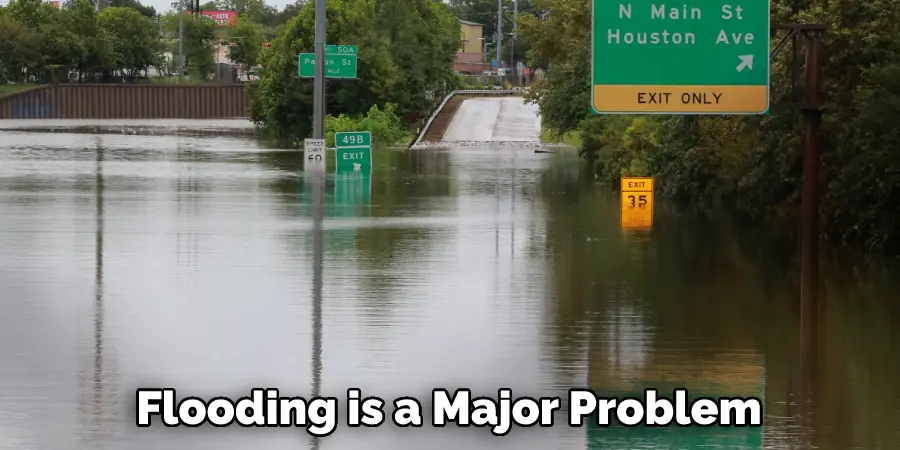
Second, install a sump pump in your crawl space to remove any accumulated water. Finally, keep an eye on the weather forecast and take action before a major storm hits. Taking these precautions can help keep your home safe from the dangers of flooding.
Conclusion
Standing water in your crawl space is gross and can lead to major problems like wood rot and mold growth. So, if you find yourself with a wet crawl space, don’t delay in taking steps to dry it out. Be sure to fix the source of the water problem first, then remove any standing water and use a dehumidifier to dry out the area completely.
With a little bit of effort on your part, you can keep your crawl space dry and free of problems. Thanks for reading our post about how to get rid of standing water in crawl space.

